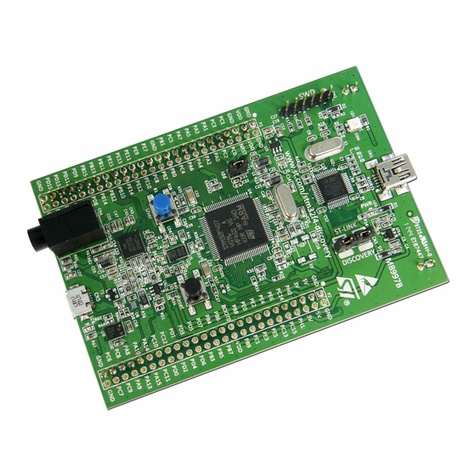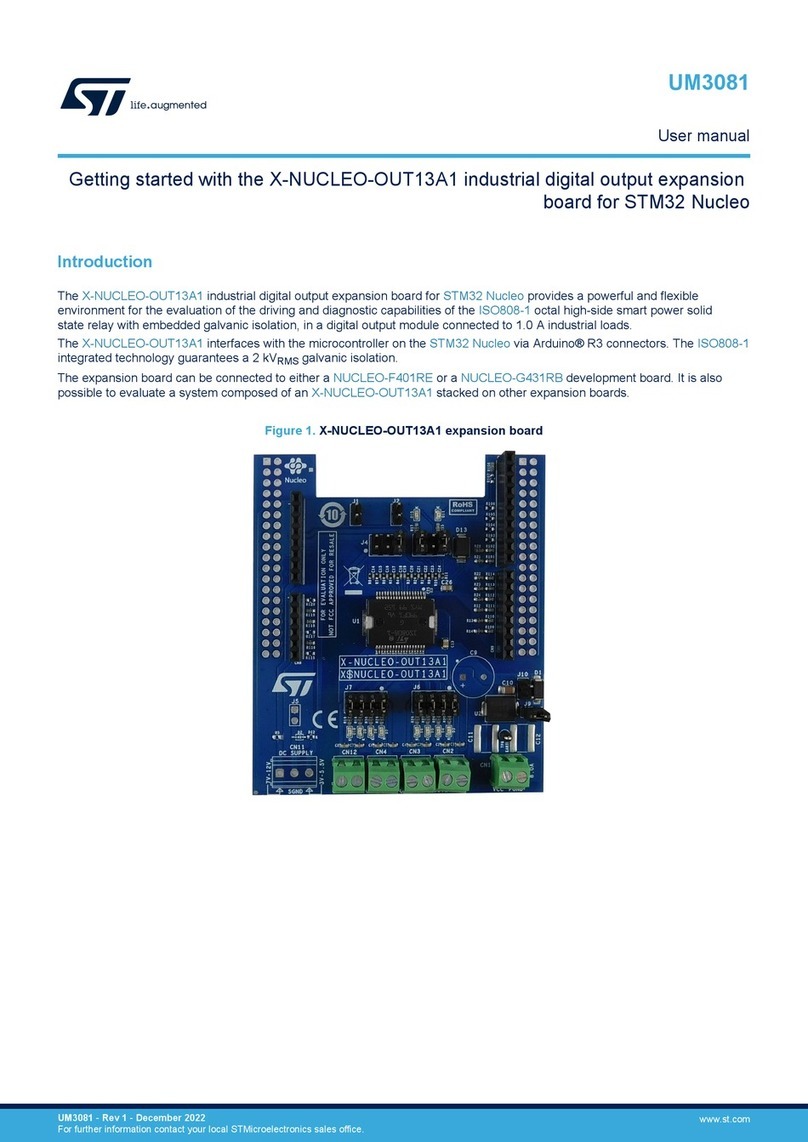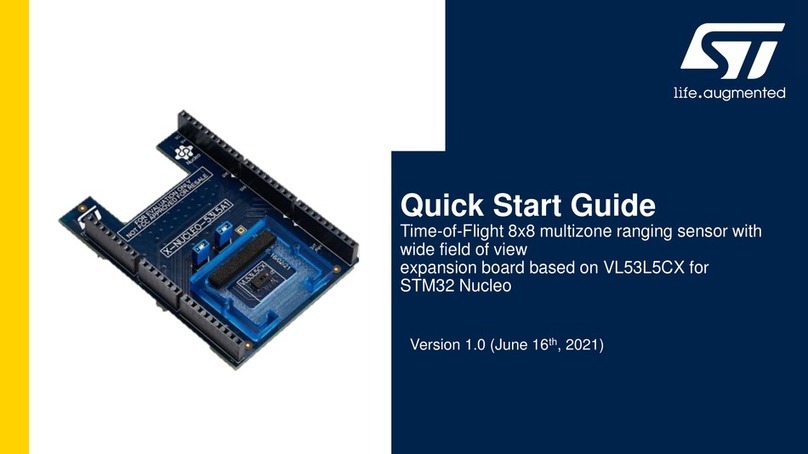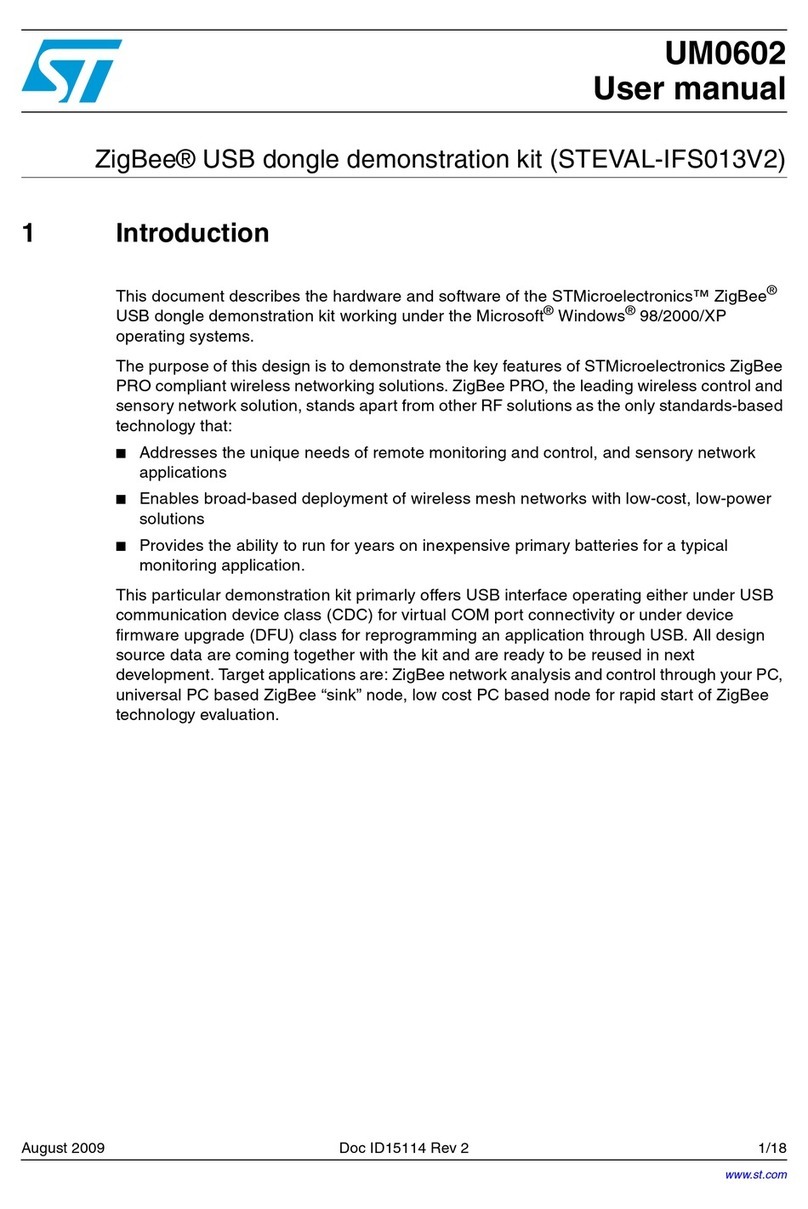ST EVALSPEAr320HMI User manual
Other ST Computer Hardware manuals
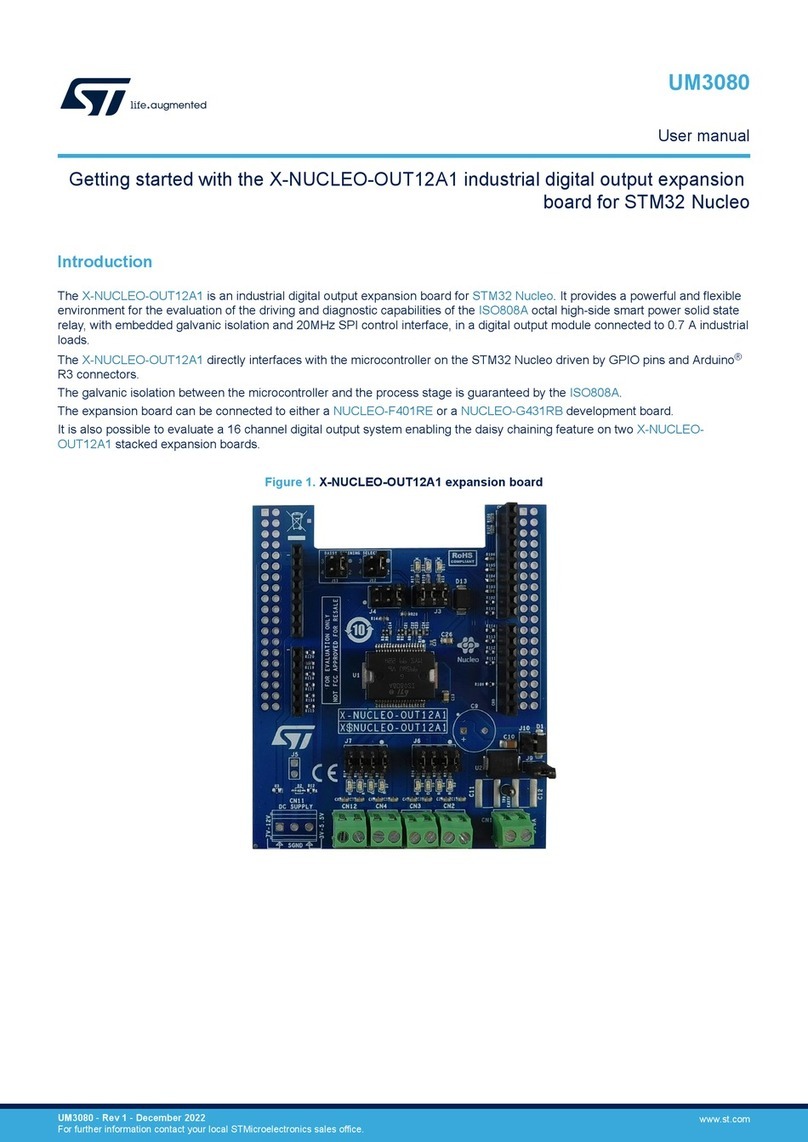
ST
ST X-NUCLEO-OUT12A1 User manual
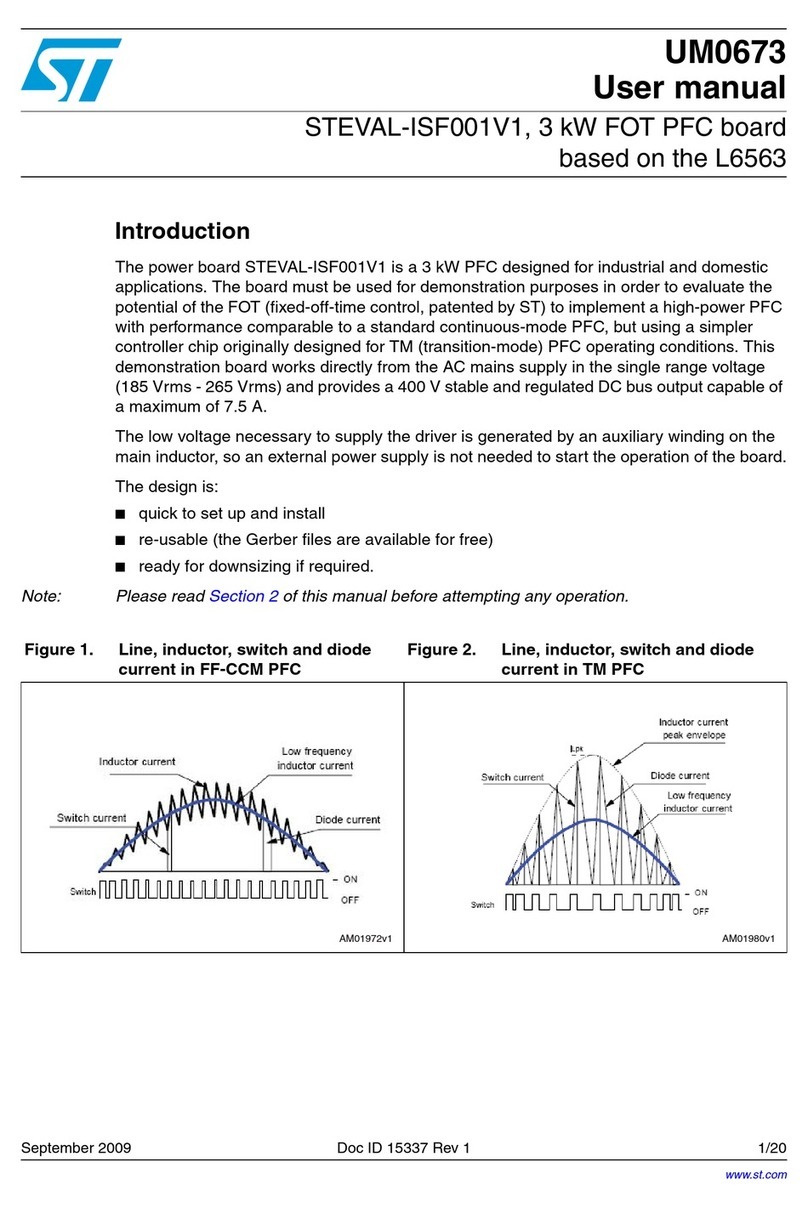
ST
ST STEVAL-ISF001V1 User manual

ST
ST X-NUCLEO-IHM12A1 User manual
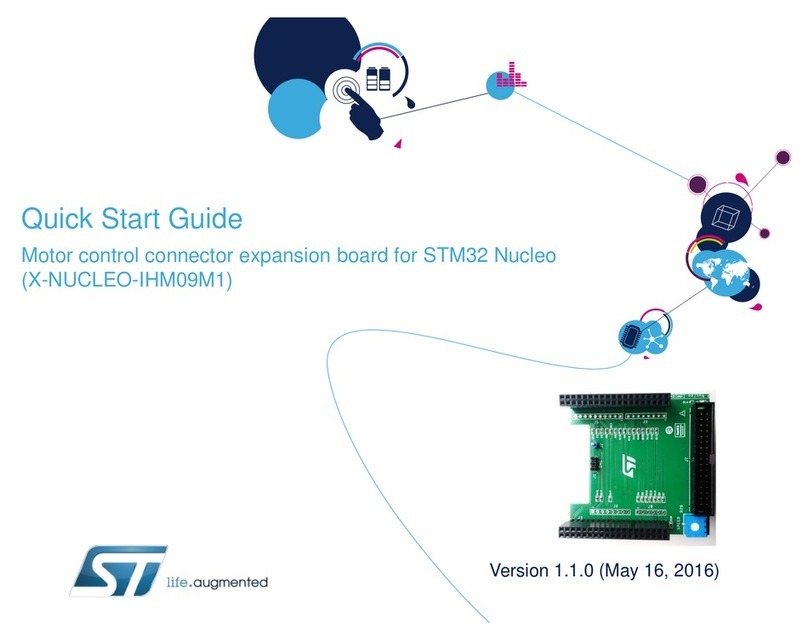
ST
ST X-NUCLEO-IHM09M1 User manual
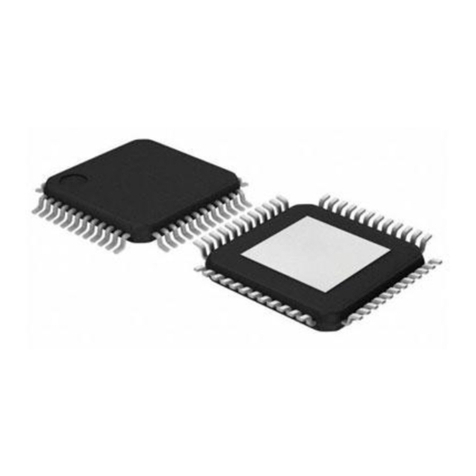
ST
ST UPSD3212A User manual
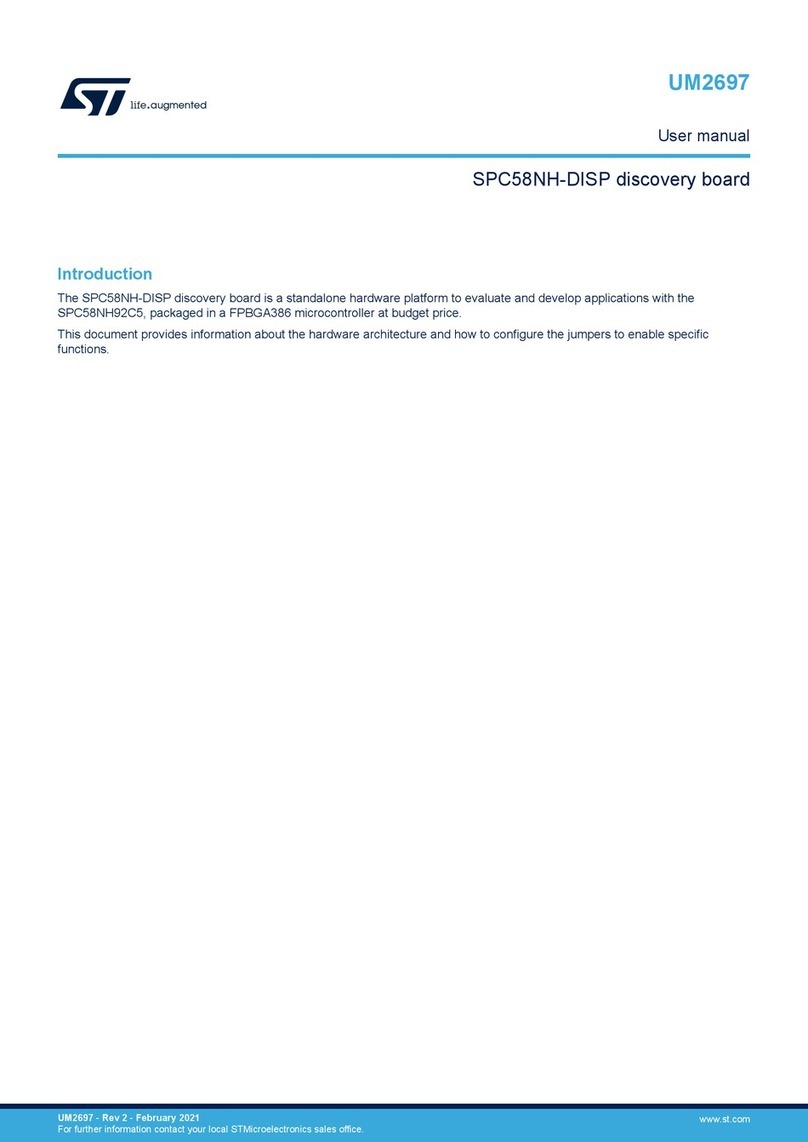
ST
ST SPC58NH-DISP User manual

ST
ST X-NUCLEO-GFX01M1 User manual
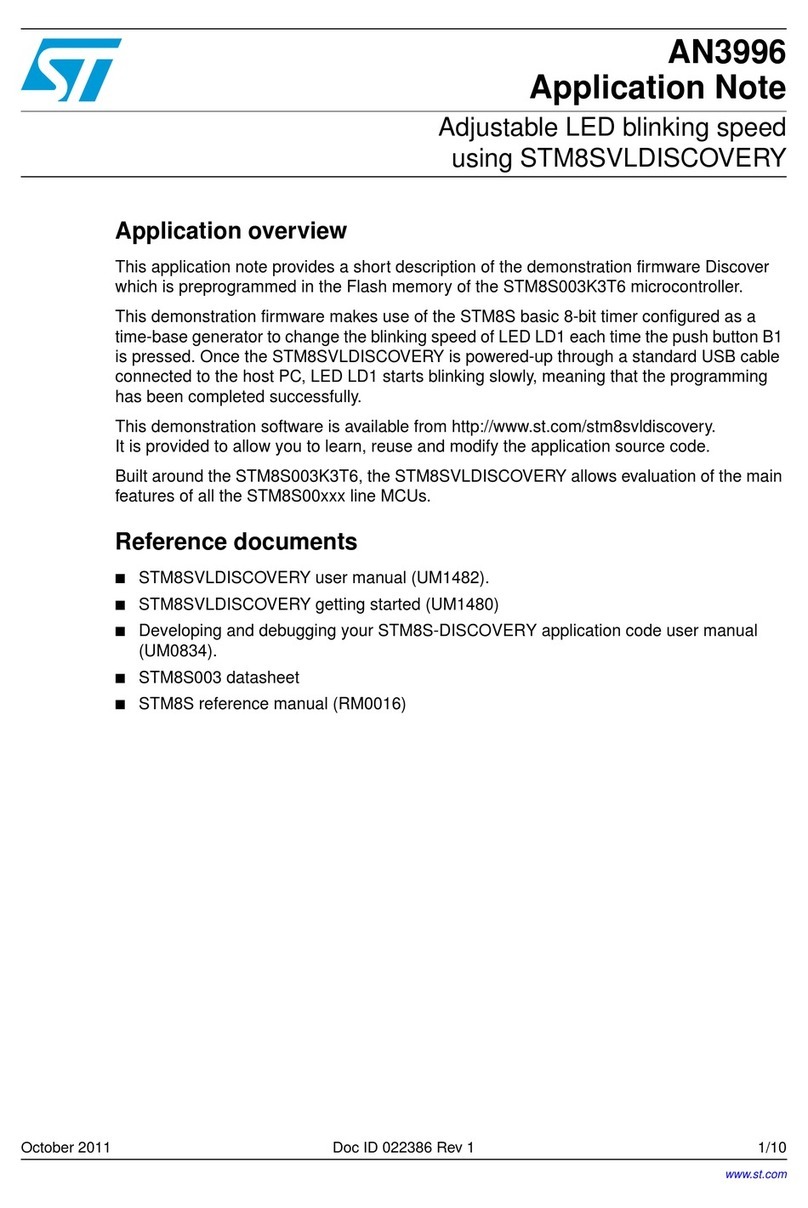
ST
ST STM8SVLDISCOVERY Installation and operating instructions
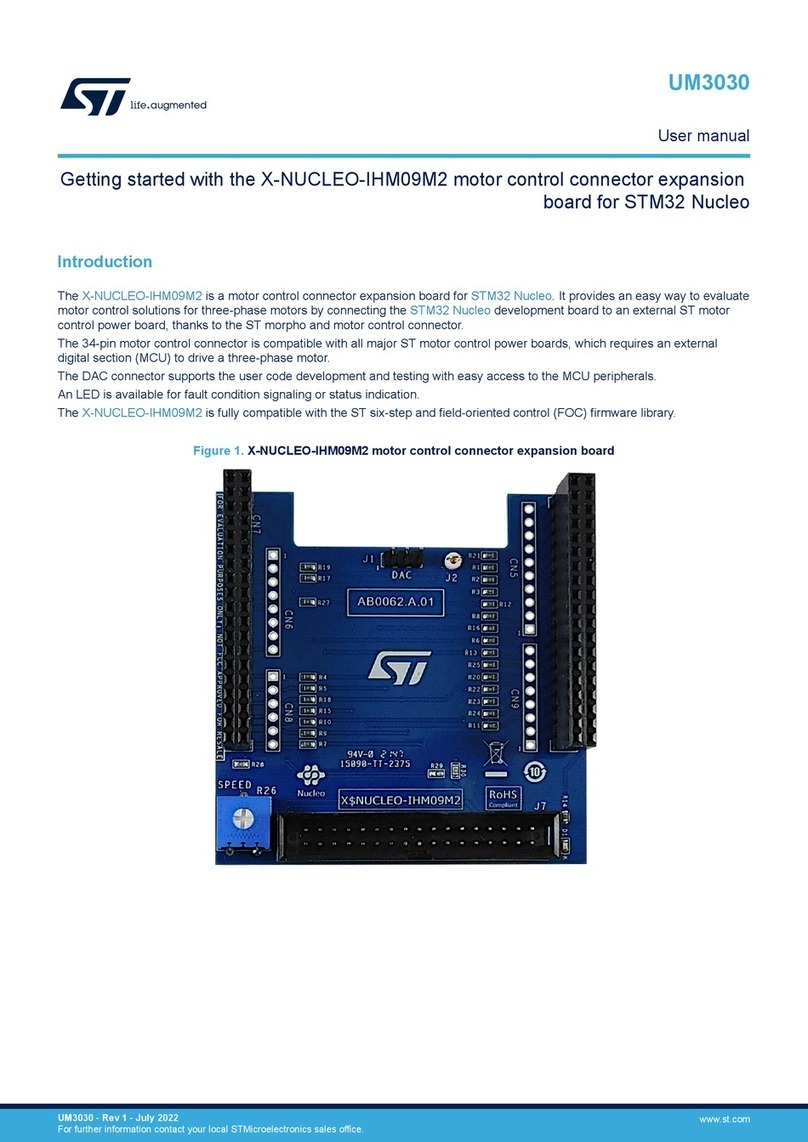
ST
ST X-NUCLEO-IHM09M2 User manual
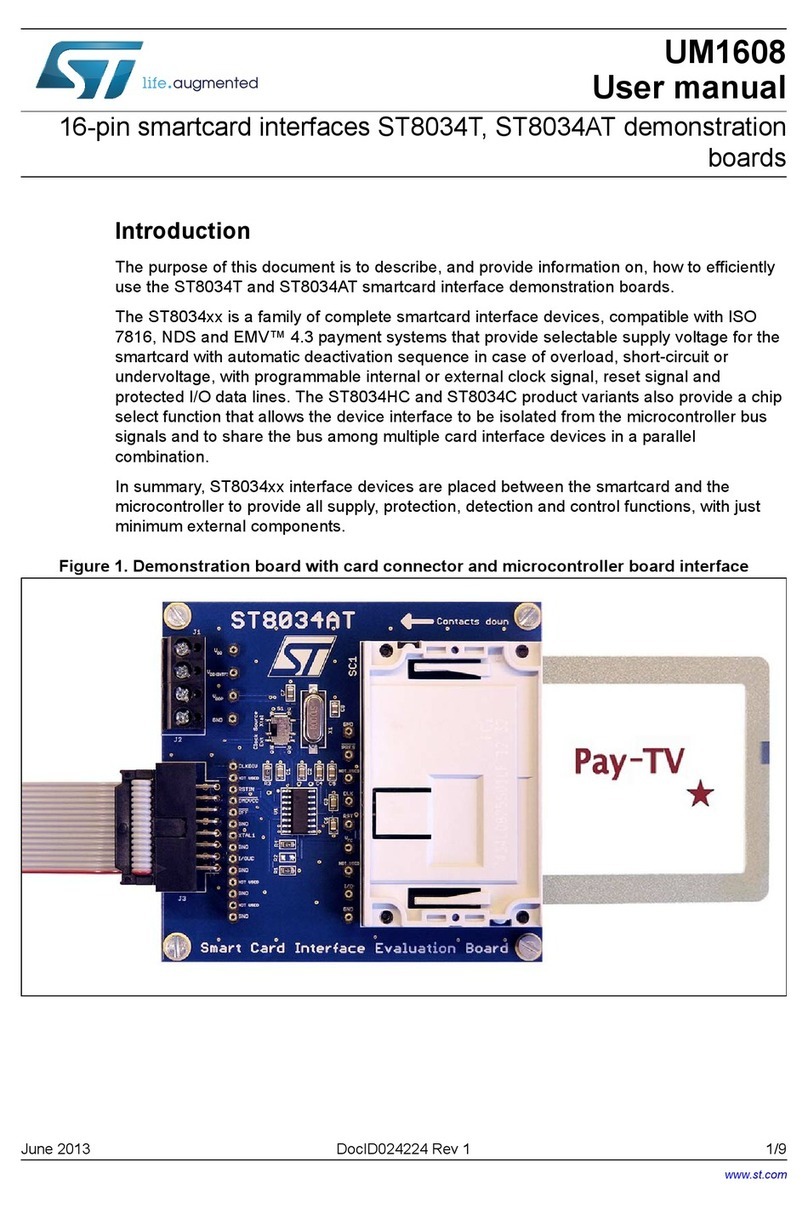
ST
ST ST8034T User manual
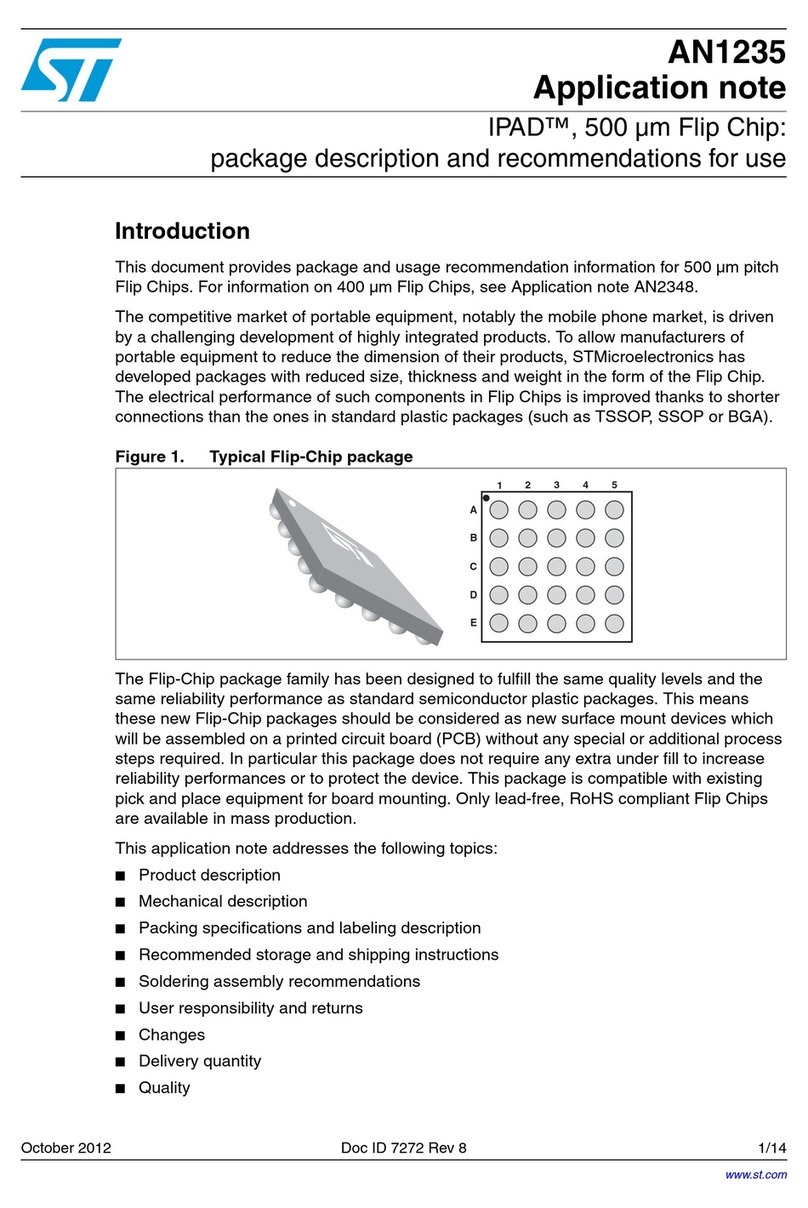
ST
ST AN1235 Installation and operating instructions
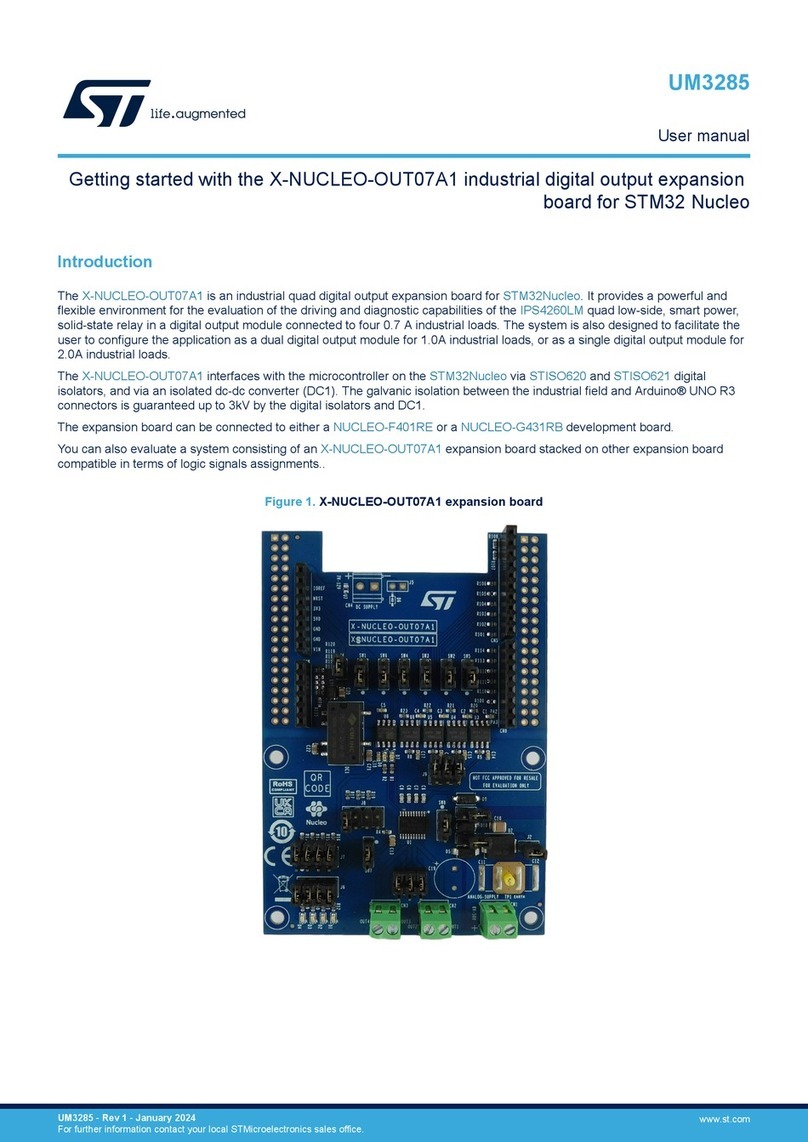
ST
ST X-NUCLEO-OUT07A1 User manual

ST
ST STNRG328S User manual
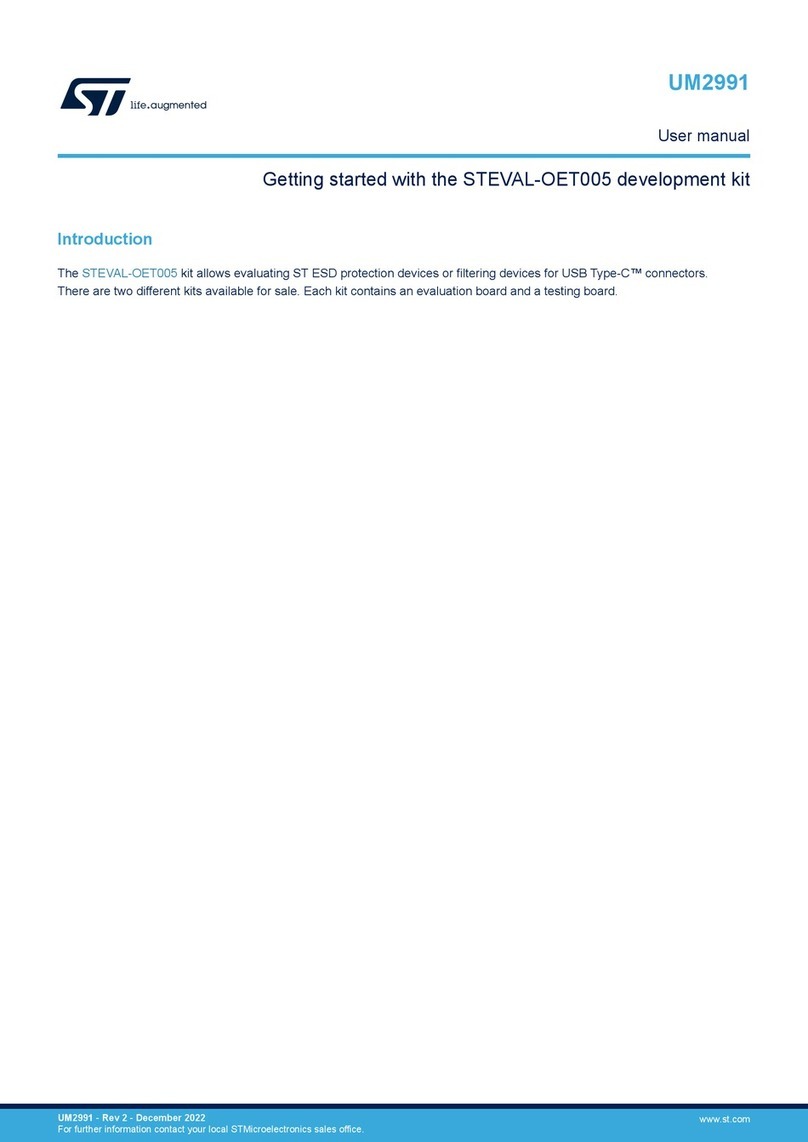
ST
ST STEVAL-OET005 User manual
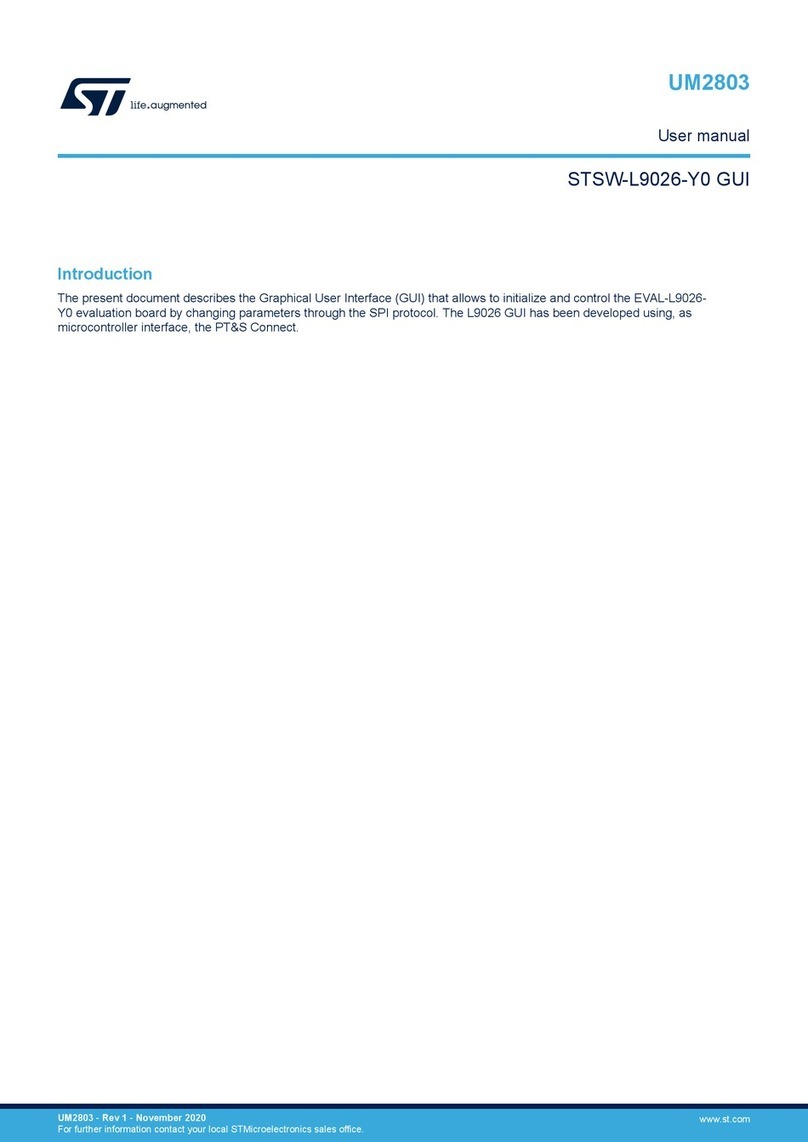
ST
ST STSW-L9026-Y0 User manual
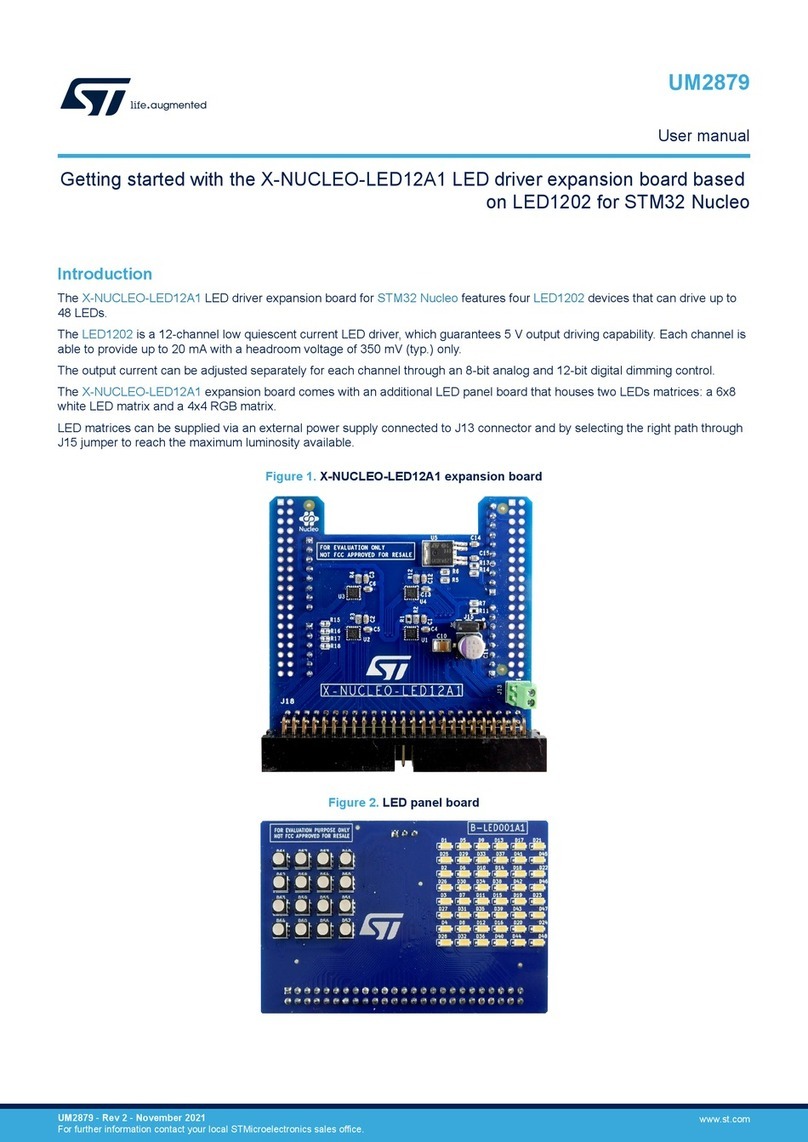
ST
ST X-NUCLEO-LED12A1 User manual
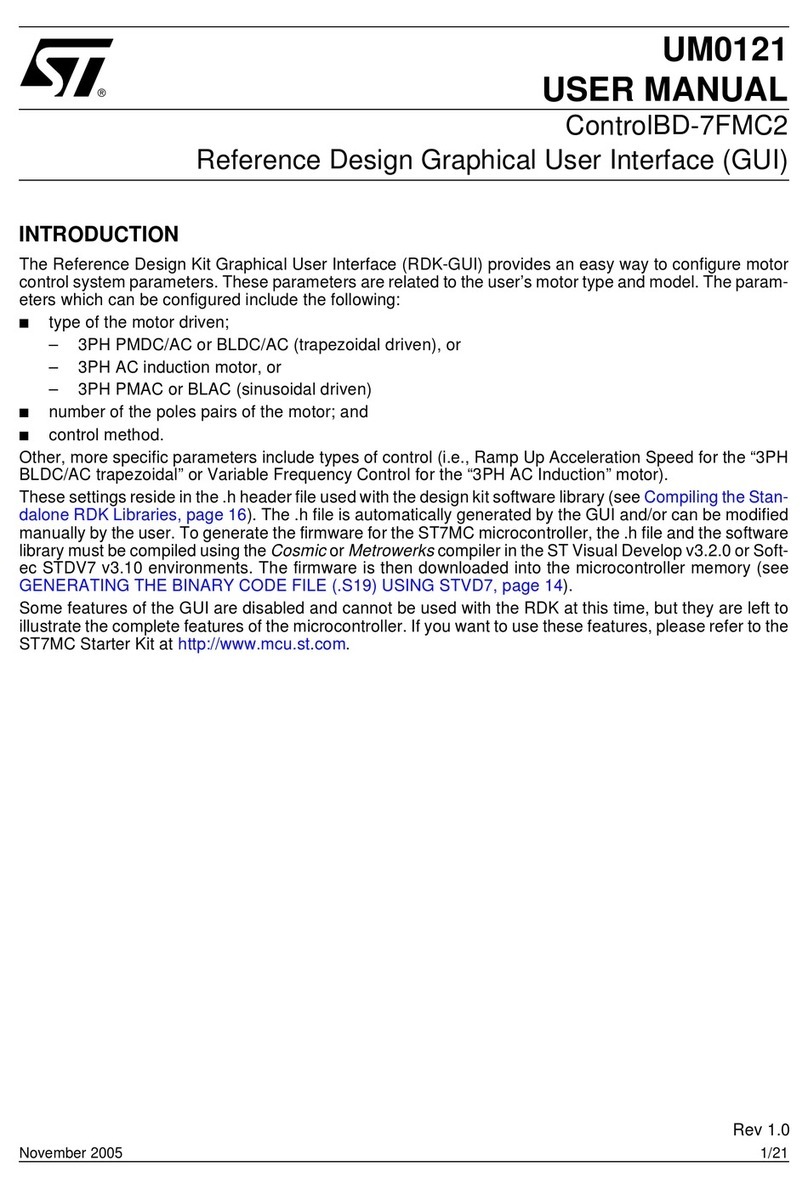
ST
ST ControlBD-7FMC2 User manual
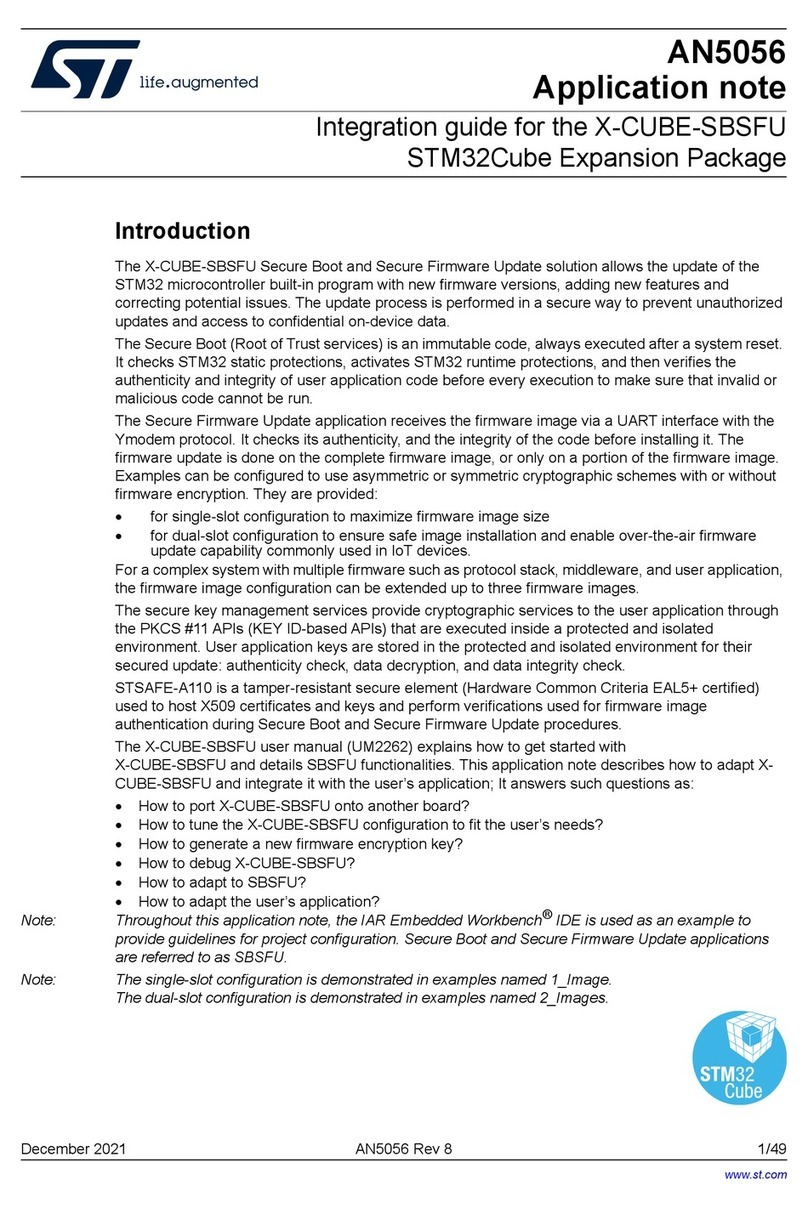
ST
ST STM32Cube Quick setup guide
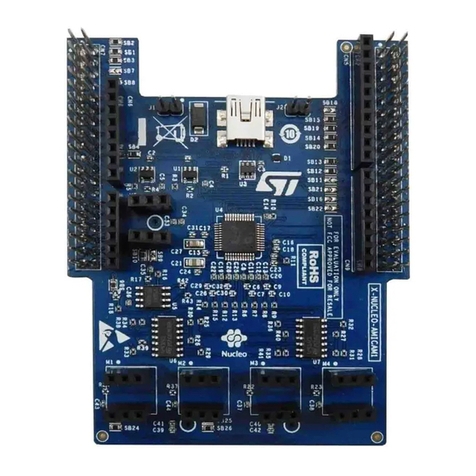
ST
ST X-NUCLEO-AMICAM1 User manual
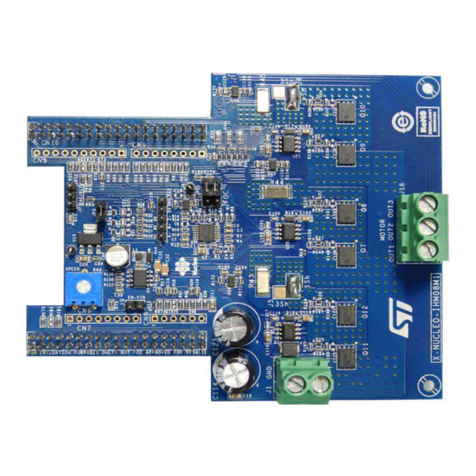
ST
ST X-NUCLEO-IHM08M1 User manual
Popular Computer Hardware manuals by other brands

EMC2
EMC2 VNX Series Hardware Information Guide

Panasonic
Panasonic DV0PM20105 Operation manual

Mitsubishi Electric
Mitsubishi Electric Q81BD-J61BT11 user manual

Gigabyte
Gigabyte B660M DS3H AX DDR4 user manual

Raidon
Raidon iT2300 Quick installation guide

National Instruments
National Instruments PXI-8186 user manual

Intel
Intel AXXRMFBU4 Quick installation user's guide

Kontron
Kontron DIMM-PC/MD product manual

STEINWAY LYNGDORF
STEINWAY LYNGDORF SP-1 installation manual

Advantech
Advantech ASMB-935 Series user manual

Jupiter
Jupiter RAM PACK instructions
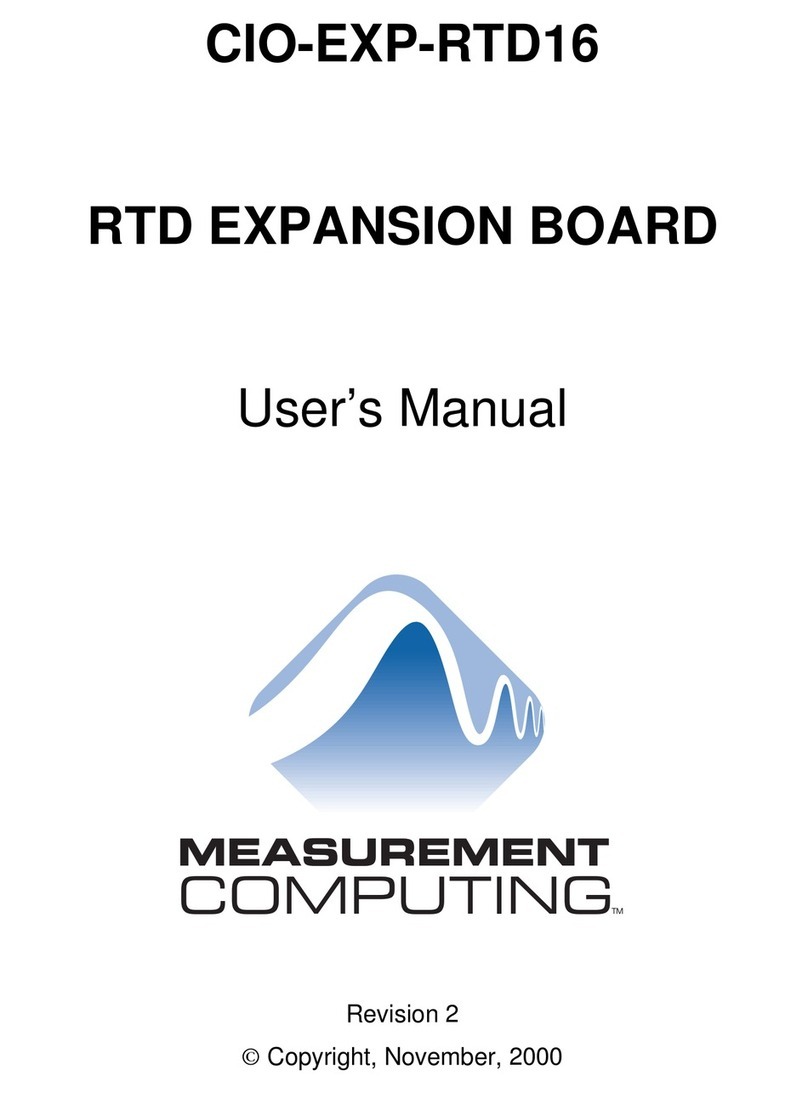
Measurement Computing
Measurement Computing CIO-EXP-RTD16 user manual
